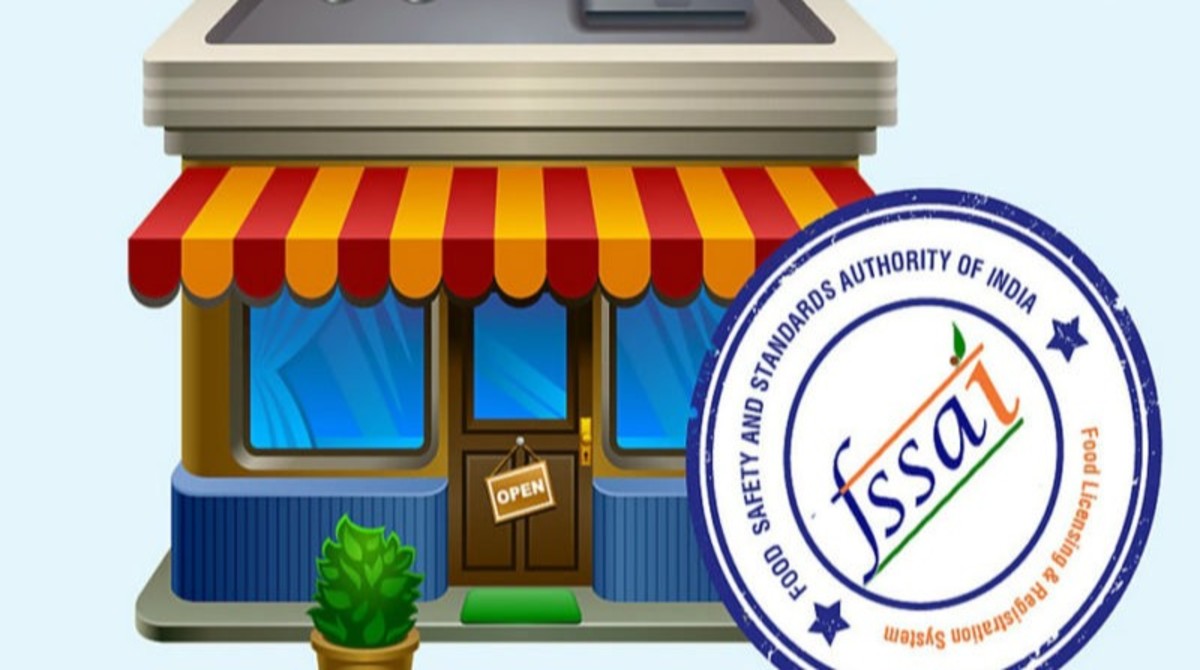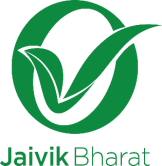FSSAI makes Menu Labelling Mandatory for Restaurants, Hotels and QSRs
September 9, 2022

Food Safety and Standards (Labelling and Display) Regulations, 2020 specify the requirements for ‘Display of information in Food Service Establishments’ with effect from 1st January 2022. Display of information in Food Service Establishments commonly known as Menu Labelling, is the declaration of Calorific Value and Nutrition Content of freshly served food and beverages served at hotels, restaurants, QSRs and other food service establishments.
FSSAI issued directions dated 28.12.2021 under Section 16(5) of the FSS Act vide which it was conveyed to all the Food Safety and Licensing officials that test samples of the food items listed on the menu cards/boards/booklets by the FBOs shall not be taken up to check/verify the respective declarations of calorific value and nutritional information till 30th June, 2022, in order to grant FBOS with additional time to adopt the Menu Labelling regulations and be self-compliant.
The menu labelling regulation is a crucial step towards enabling customers to make informed choices about the calorie and nutritional value of menu items while ordering food. Dining out is an integral part of consumer lives it is essential that consumers understand what they eat.
Which Food Service Establishments need to comply with the Menu Labelling Regulations?
Menu Labelling regulations are applicable to the food service establishments meeting the following criteria –
Have a Central License
Have 10 or more outlets across India
E-commerce companies that sell fresh food products made in restaurants, hotels and QSRs who qualify on the above mandatory criteria of menu labelling.
Examples
All Five Star Hotels (Central Licenses)
One/Two/Three/Four Star Hotels with State License but having outlets at 10 or more locations
Restaurants having Central license
Restaurants/Clubs/Canteens with State Licenses having outlets at 10 or more locations
Flight/Railway Caterers having Central License
Departmental Canteens at the premises of Central Govt. Institutions
Cloud Kitchens/Dhabas with State Licenses having outlets at 10 or more locations
E-Commerce FBOs selling food products of those FBOs mandated for a declaration under Menu Labelling for such foods.
Which Food Service Establishments are exempted from the Menu Labelling Regulations?
Event caterers and food service premises that operate for less than sixty days in a calendar year (consecutively or non-consecutively) are exempted from the scope of these regulations.
Examples
Banquet or Buffet caterers operating <60 days in a calendar year.
Temporary Food Stalls / Food Exhibitions /Arrangements in gatherings, religious occasion, fairs, etc (operating <60 days in a calendar year)
Mid-Day Meal Caterers/Canteens, since it is a Centrally sponsored scheme for a targeted population, where food is served on the basis of a pre-determined calorific value.
Restaurants/Clubs/Canteens with State Licenses having outlets at less than 10 locations
What information do Restaurants, Hotels and QSRs need to be mandatorily displayed as per the Menu Labelling Regulations?
1. Calorific Value and Serving size
The serving size of the product, along with the calorie values of each dish needs to be mentioned clearly against the food item. A deviation of 25 percent in case of calories is tolerable as per the regulations.
Examples
Butter Chicken 525 kcals per serve (250 g)
Vegetable Biryani 845 kcals per serve (450 g)
Mango Lassi 230 kcals per serve (200 ml)
Additionally, the following remark must be displayed to provide information about the calorie requirement without altering much.
“An average active adult requires 2,000 kcal energy per day, however, calorie needs may vary”
2. Allergens
Allergen information needs to be declared against each food item. FSSAI has established 8 allergens that need to be declared –
Cereals containing gluten; i.e., wheat, rye, barley, oats, spelt or their hybridized strains and products of these (Contains wheat/oats/rye/barley/spelt)
Milk and milk products (Contains milk)
Groundnut, tree nuts and their products (Contains nut)
Soybeans and their products (Contains soy)
Eggs and egg products (Contains egg)
Fish and fish products (Contains fish)
Crustacean and their products (Contains crustacean)
Sulphite in concentrations of 10mg/kg or more (Contains sulphite)
The information must be displayed on the menu in an easy to comprehend manner that helps consumers to understand, either in the text or using easy to understand symbolic or graphical representation.

3. Vegetarian or Non-Vegetarian Indication
Vegetarian Logo – Food items or dishes prepared from plant sources including additives and other processing aids shall be declared vegetarian in the form of a symbol in front of the name of the dish. The symbol should be green in colour with a filled circle and enclosed in a square with a green outline on the menu label.

Non-Vegetarian Logo- Food items or dishes prepared from animal sources including additives and other processing aids shall be declared Non-vegetarian in the form of a symbol in front of the name of the dish. The symbol should be brown with a filled triangle and enclosed in a square with a brown outline on the menu label.

Additional details that must be shared upon customer request
Item-wise nutrition information needs to be maintained in the form of a booklet or handouts or on the website or mobile application for each menu item and shall be provided to the consumer upon request.
Nutritional Information per 100 g or 100ml or per serving of the product should be given as under. If the nutrition declaration is made per serve, the quantity of food or beverage must be given in gram (g) or millilitre (ml) for reference.
Energy (kcal)
Protein (g)
Total Carbohydrates (g) (including sugars)
Total Fat (g)
Saturated Fat (g) and Trans Fat (g) to be declared for menu items that use fats, oils and fat emulsions as ingredients
Amount of any other nutrient for which a nutrition or health claim is made (e.g. if a menu item is claimed as High Fibre, then the dietary fibre values of the product must be declared)
Vitamins and Minerals in metric units (non-mandatory)
A deviation of 25 percent in the case of nutrition information is tolerable as per the regulations.
Mandatory Declarations for Specific Additives and Ingredients
If any of the menu items contain the following additives or ingredients, then the following declaration(s) should be included in the booklet or handout or on the website or mobile application for each menu item and shall be provided to the consumer upon request.
Name of Special Additive | Declaration |
10% or more of Polyols | Polyols may have laxative effect |
10% or more polydextrose | Polydextrose may have laxative effect |
Added Caffeine | CONTAINS CAFFEINE (in mg/100ml or mg/100gm) |
Non-caloric sweetener | CONTAIN NON-CALORIC SWEETENER |
Monosodium Glutamate | This package of (name of the food) ............... contains added MONOSODIUM GLUTAMATE NOT RECOMMENDED FOR INFANTS BELOW -12 MONTHS AND PREGNANT WOMEN |
Added plant stanol esters | Contains Plant Stanol Esters (as Plant Stanols) ---gm/100 gm or 100ml. Patients on cholesterol lowering medication should use the product under medical supervision. May not be nutritionally appropriate for pregnant and lactating women and children under the age of five years. CONSUMPTION OF MORE THAN 3g. PER DAY, TOTAL OF STEROL, STANOLS OR COMBINATION THEREOF SHALL BE AVOIDED |
Organic Food Information (if claimed)
Menu items containing organic ingredients or organic foods, full and accurate information on the organic status of the product through FSSAI’s organic logo can be given on the menu.

Which menu items are exempted from Menu Labelling Regulations?
The Food Service Establishments need not declare the information for:
Self-serve condiments that are free of charge and not listed on the menu
Special-order items or modified meals and menu items prepared as per request of the customer
Alcoholic Beverages
Packaged drinking water or mineral water
The FSSAI has recently taken strict measures against food business operators who failed to comply with the latest menu labelling norms. As per The Hindu BusinessLine, the authority suspended the licenses of 16 operators for not displaying the calorie count of their dishes. These regulations, which were notified in November 2020, mandate restaurants with central licenses or more than 10 outlets to clearly mention the calorific value on their menus, boards, or booklets. During inspections, nearly 500 food business operators were checked and while 71 agreed to make changes, 16 failed to respond leading to the suspension of their licenses.
Read the complete article: FSSAI suspends 16 licenses for non-compliance with menu labelling norms | The Hindu BusinessLine
How can the nutrition value of menu items be determined?
The Food Service Establishments can assess the nutrition value of menu items using the following two approved methods –
Calculation of Nutrition value for each menu item, using the Indian Food Composition Tables (2017) or any other scientifically established nutrition database
Laboratory Testing for Nutrient Analysis
FoLSol® (Food Label Solutions) – India’s 1st Digital Food Labelling Solution for Restaurants, Hotels and QSRs
FoLSol® (Food Label Solutions), our Menu Labelling software solution is designed to support regulatory compliance for the hotels, restaurants and QSR industry. The software addresses the FSSAI Menu Labelling regulations in a comprehensive manner, with a very quick turnaround time and minimal effort.
Read more on FoLSol® here : FoLSol (Food Labelling Solutions) - India’s 1st Digital Food Labelling Software
Watch this video to see how regulatory compliant menu labels can be created in an effortless manner, within minutes (https://www.youtube.com/watch?v=TGMYDVXi5j0)
Get in touch with us to get your hotel, restaurant or QSR regulatory compliant. Write to us at support@foodlabelsolutions.com
Also Read - Challenges In Menu Labelling: How To Overcome It
References
FSSAI Food Safety and Standards (Labelling and Display) Regulations, 2020. https://fssai.gov.in/upload/notifications/2020/12/5fd87c6a0f6adGazette_Notification_Labelling_Display_14_12_2020.pdf
FSSAI Guidance Note on Display of Information in Food Service Establishments (Menu Labelling), 2022. https://www.fssai.gov.in/upload/uploadfiles/files/Guidance_Note_Labelling_23_02_2022.pdf

Rashida Vapiwala (Founder at LabelBlind®, Food Label Specialist, Ph.D (Food Science and Nutrition))
Rashida is passionate about solving problems for the food industry using technology. She loves creating tech-led solutions in the space of Nutrition.
